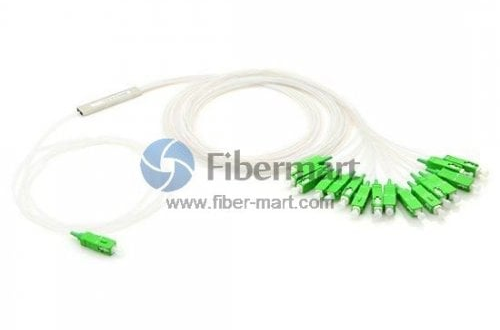Essential Raw Materials for Baby Diaper Manufacturing
# Essential Raw Materials for Baby Diaper Manufacturing
Baby diapers are a staple in modern childcare, providing comfort and hygiene for infants. The manufacturing of these essential products relies on a variety of raw materials, each playing a crucial role in ensuring the diaper’s effectiveness and safety. Below, we explore the key raw materials used in baby diaper production.
## 1. Absorbent Core Materials
The absorbent core is the heart of a baby diaper, responsible for locking away moisture and keeping the baby dry. The primary materials used in the absorbent core include:
– **Superabsorbent Polymers (SAP):** These are highly absorbent materials that can retain large amounts of liquid relative to their own mass. SAP is crucial for preventing leaks and ensuring long-lasting dryness.
– **Fluff Pulp:** This is a soft, fibrous material made from wood pulp. It works in conjunction with SAP to distribute and hold moisture evenly throughout the diaper.
## 2. Top Sheet Materials
The top sheet is the layer that comes into direct contact with the baby’s skin. It needs to be soft, breathable, and quick-drying. Common materials used for the top sheet include:
– **Nonwoven Fabrics:** These are engineered fabrics made from synthetic fibers like polypropylene. They are designed to be soft, lightweight, and highly permeable, allowing moisture to pass through quickly to the absorbent core.
– **Perforated Films:** In some designs, perforated plastic films are used to create a soft, breathable surface that also prevents leakage.
## 3. Back Sheet Materials
The back sheet is the outer layer of the diaper that prevents moisture from escaping. It must be waterproof yet breathable to ensure comfort. Materials commonly used for the back sheet include:
– **Polyethylene Films:** These are thin, flexible plastic films that provide an effective barrier against moisture. They are often combined with breathable microporous films to enhance comfort.
– **Laminated Fabrics:** Some diapers use laminated fabrics that combine a plastic film with a nonwoven layer for added softness and durability.
## 4. Elastic Materials
Elastic components are essential for ensuring a snug fit around the baby’s legs and waist. These materials need to be stretchable, durable, and gentle on the skin. Common elastic materials include:
– **Elastic Strands:** These are typically made from synthetic rubber or spandex and are integrated into the leg cuffs and waistbands to provide stretch and flexibility.
– **Elastic Nonwovens:** Some diapers use elastic nonwoven fabrics that combine the properties of nonwovens with elastic fibers for a comfortable fit.
## 5. Adhesives and Fasteners
Adhesives and fasteners are used to secure the diaper in place and ensure it stays snug during use. Key materials include:
– **Pressure-Sensitive Adhesives:** These are used to bond different layers of the diaper together and to attach fasteners like tapes or hook-and-loop closures.
– **Hook-and-Loop Fasteners:** These are reusable fasteners that allow for easy adjustment and secure closure of the diaper.
## Conclusion
The manufacturing of baby diapers involves a complex interplay of various raw materials, each contributing to the overall performance, comfort, and safety of the product. From the absorbent core to the elastic components, every material is carefully selected and engineered to meet the high standards required for infant care. Understanding these materials provides insight into the meticulous process behind creating a product that is both functional and gentle for the delicate skin of babies.
Keyword: Baby Diaper Raw Materials


